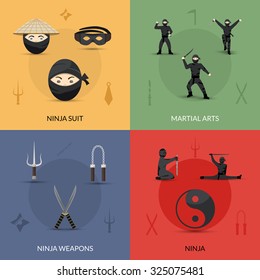In What Methods Do Conventional Martial Arts Prioritize Self-Control Contrasted To The Competitive Nature Of Modern-Day Battle Sporting Activities? Reveal The Basic Differences That Can Influence Your Journey
In What Methods Do Conventional Martial Arts Prioritize Self-Control Contrasted To The Competitive Nature Of Modern-Day Battle Sporting Activities? Reveal The Basic Differences That Can Influence Your Journey
Blog Article
Material Produce By-Ware Snedker
When you think about martial arts, do you lean extra toward the conventional practices or the modern-day combat sports? see here uses distinct benefits and experiences, formed by their approaches and training approaches. Standard martial arts highlight individual growth and technique, while modern combat sports focus on competition and performance. Comprehending these differences can direct you in selecting the ideal strategy for your journey. Yet exactly how do these distinctions show up in training and philosophy?
The Viewpoint and History Behind Conventional Martial arts
While lots of people link martial arts with physical fight, the ideology and background behind conventional martial arts run much deeper. You'll find that these techniques emphasize personal development, technique, and respect.
Stemming from ancient methods, traditional martial arts were frequently created for Self-Defense and spiritual advancement. They embody concepts such as equilibrium, harmony, and self-constraint, assisting professionals beyond plain fighting skills.
As you train, you'll not only discover strategies yet additionally acquire insights right into the society and worths that formed these arts. https://www.jsonline.com/picture-gallery/news/2022/08/09/martial-arts-conference-teaches-self-defense-confidence/10246611002/ and customs, commonly passed down via generations, promote a sense of neighborhood and belonging.
The Competitive Nature of Modern Battle Sports
Modern battle sports have actually changed the landscape of martial arts right into an extremely affordable arena, where athletes challenge in an examination of ability, technique, and endurance.
You'll notice that competitors are commonly arranged with stringent guidelines and guidelines, guaranteeing justice and security. These occasions attract large audiences, fueling the exhilaration and intensity of matches.
Athletes train rigorously, not just for physical expertise but also for psychological strength, knowing that every detail counts in the ring. The adrenaline rush during competitions is apparent, as fighters push their restrictions to assert triumph.
Followers value the athleticism and artistry involved, making modern-day fight sporting activities a thrilling spectacle that remains to develop and mesmerize enthusiasts around the world.
Training Approaches and Techniques: A Comparative Evaluation
The competitive atmosphere of modern-day combat sports needs innovative training methods that vary considerably from traditional martial arts.
In modern training, you'll concentrate on particular techniques, sparring, and conditioning, commonly using drills that imitate genuine battle scenarios. You'll see an emphasis on measurable performance and constant competition to analyze your skills.
On the other hand, conventional martial arts prioritize forms, katas, and thoughtful teachings, often highlighting discipline and respect over competitors.
Training is normally less extreme and may include repetitive technique instead of real-time sparring.
While both methods develop ability and fitness, modern-day combat sports provide a much more dynamic and adaptable training atmosphere, preparing you for prompt obstacles in the ring or cage.
Pick the path that aligns with your objectives and passions.
Verdict
In selecting in between traditional martial arts and modern battle sports, it actually comes down to what you value many. If you're trying to find individual growth, discipline, and a feeling of area, conventional arts could be your ideal fit. Yet if you flourish on competitors and real-time obstacles, contemporary battle sports could be the means to go. Eventually, both paths use distinct advantages, so it's all about straightening your training with your personal objectives and interests.
